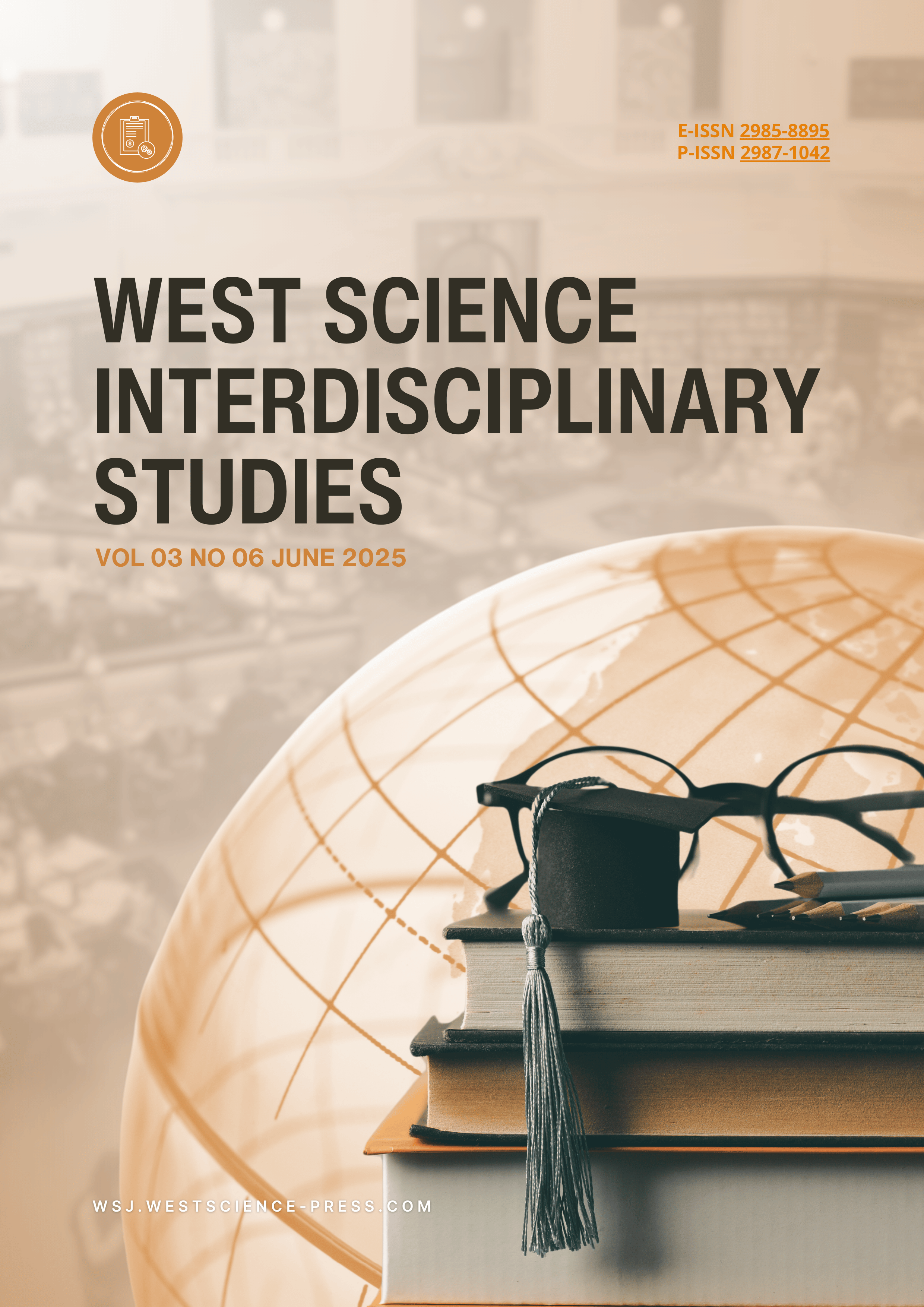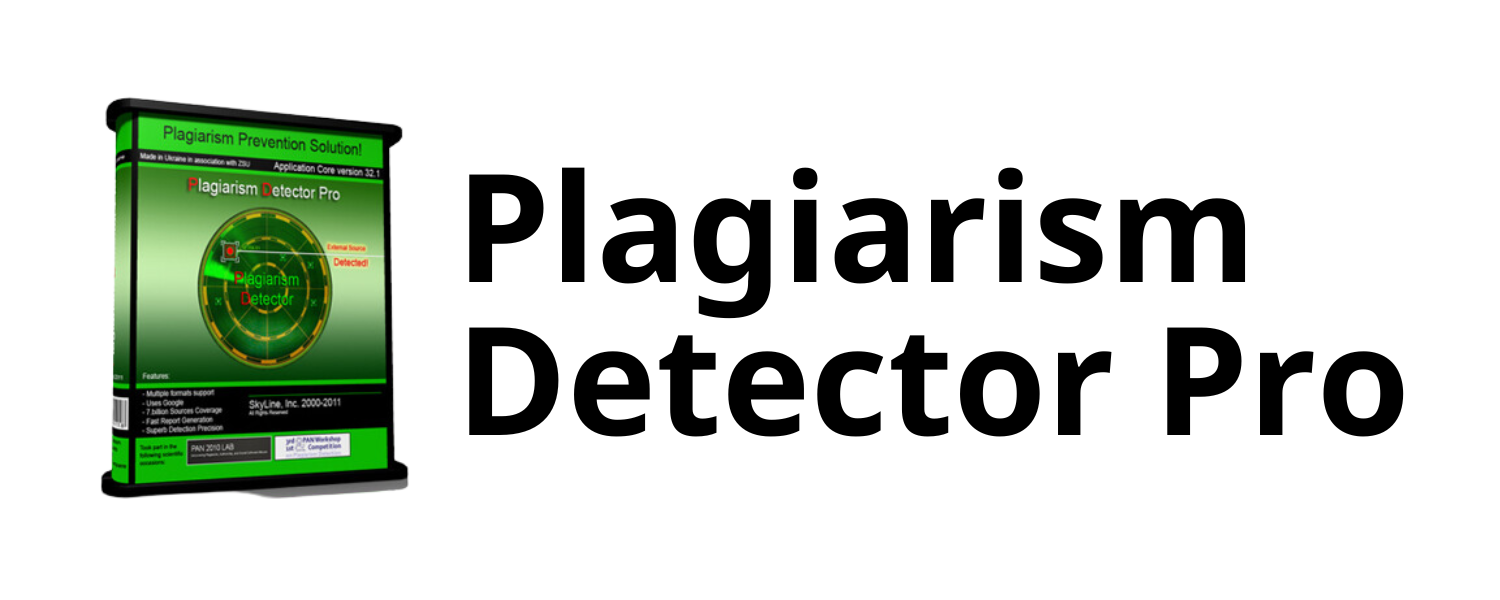The Influence of 15-Second TikTok Videos and Organic Testimonials on Environmental Awareness and Purchase Intention of Sustainable Fashion in Bandung
DOI:
https://doi.org/10.58812/wsis.v3i06.1985Keywords:
Sustainable Fashion, Environmental Awareness, Purchase Intention, Tiktok Videos, Organic TestimonialsAbstract
This study examines the influence of 15-second TikTok videos and organic testimonials on environmental awareness and purchase intention in the context of sustainable fashion in Bandung. Using a quantitative approach, data were collected from 170 respondents and analyzed using Structural Equation Modeling-Partial Least Squares (SEM-PLS). The results reveal that both TikTok videos and organic testimonials significantly impact environmental awareness and purchase intention, with organic testimonials demonstrating a stronger effect. Environmental awareness is identified as a key precursor to purchase intention, emphasizing the importance of educational and marketing efforts to promote sustainability. The findings provide actionable insights for sustainable fashion brands to leverage social media and peer-generated content in shaping consumer behavior and supporting environmental objectives.
References
[1] G. N. Martinez, M. Á. M. Cruz, M. C. Pichardo, A. T. Martínez, and T. A. Reséndiz, “Comparative analysis: sustainable fashion vs. fast fashion,” Amaz. Investig., vol. 13, no. 77, pp. 9–19, 2024.
[2] Z. Kutsenkova, “The sustainable future of the modern fashion industry,” 2017.
[3] J. X. Wu and L. Li, “Sustainability initiatives in the fashion industry,” Fash. Ind. an Itiner. between Feel. Technol., pp. 1–17, 2019.
[4] D. Moorhouse, “Making fashion sustainable: Waste and collective responsibility,” One Earth, vol. 3, no. 1, pp. 17–19, 2020.
[5] S. Jerasa and T. Boffone, “BookTok 101: TikTok, digital literacies, and out‐of‐school reading practices,” J. Adolesc. adult Lit., vol. 65, no. 3, pp. 219–226, 2021.
[6] C. A. Chamanadjian, P. E. Weigle, H. B. Hojman, and J. Chapman, “TikTok, Boom: The Algorithmic Adolescent,” in AACAP’s 2024 Annual Meeting, AACAP, 2024.
[7] W. Xie, “Does Tiktok’s Short Video Marketing Increase Product Purchasing Power among Young Consumers,” Lect. Notes Educ. Psychol. Public Media, vol. 60, pp. 209–215, 2024.
[8] F. M. Sohid, F. Mashahadi, J. Saidon, N. M. Yusof, S. A. S. Omar, and M. F. Ishak, “The Dominance of TikTok in Shaping Online Purchasing Intention,” Inf. Manag. Bus. Rev., vol. 16, pp. 882–891, 2024.
[9] D. Green, X. L. Polk, J. Arnold, C. Chester, and J. Matthews, “The rise of TikTok: A case study of the new social media giant,” Manag Econ Res J, vol. 8, no. 1, 2022.
[10] M. U. Tariq, “Crafting Authentic Narratives for Sustainable Branding,” in Compelling Storytelling Narratives for Sustainable Branding, IGI Global, 2024, pp. 194–229.
[11] R. M. NASE and K. L. SATUR, “AUTHENTICITY AND TRANSPARENCY: INFLUENCERS SPONSORED CONTENTS ON MAKEUP PRODUCTS TOWARDS CONSUMER TRUST,” 2024.
[12] F. Huber, F. Meyer, and S. Vollmann, “Credibility as a key to sustainable advertising success,” in The Sustainable Global Marketplace: Proceedings of the 2011 Academy of Marketing Science (AMS) Annual Conference, Springer, 2014, pp. 419–422.
[13] D. Baghel and K. C. Baghel, “The role of influencer authenticity and brand trust in shaping consumer behavior: Strategies to engage Generation Z,” ShodhKosh J. Vis. Perform. Arts, vol. 4, no. 1, pp. 1259–1271, 2023.
[14] M. Randers, R. F. Correia, D. Venciute, and R. Fontes, “Trust in Influencer Marketing: Factors Influencing Followers’ Perceptions in the Baltic Countries,” Role Brand. an Era Over-Information, pp. 1–20, 2023.
[15] J. Krywalski-Santiago, “Navigating Sustainable Transformation in the Fashion Industry: The Role of Circular Economy and Ethical Consumer Behavior,” J. Intercult. Manag., vol. 16, no. 3, pp. 5–36, 2024.
[16] V. Thokal and A. B. Bara, “Sustainable Strategies for Responsible Fashion: Adopting the Reduce, Reuse and Recycle Practices,” INTERANTIONAL J. Sci. Res. Eng. Manag., vol. 8, no. 10.
[17] M. A. Olwoch, N. C. Sonnenberg, T. L. Reis, and H. Taljaard-Swart, “Consumers’ Sustainable Clothing Consumption Practices: Adopting the Principles of Voluntary Simplicity,” in Consumer Awareness and Textile Sustainability, Springer, 2023, pp. 15–31.
[18] I. F. Pinto, A. P. Borges, E. Vieira, B. M. Vieira, M. Monteiro, and D. Castilho, “Green marketing, environmental awareness, and innovation as factors for the purchase of green products,” in Sustainable Marketing, Branding, and Reputation Management: Strategies for a Greener Future, IGI Global, 2023, pp. 178–194.
[19] R. Kristiana and D. Aqmala, “The Influence of Environmental Awareness, Environmental Awareness, Product Knowledge and Willingness to Pay on the Interest in Purchasing Eco-Friendly Products at" The Body Shop" in Semarang City,” E-Bisnis J. Ilm. Ekon. dan Bisnis, vol. 16, no. 2, pp. 422–436, 2023.
[20] K. Krisdayanti and A. Widodo, “Green marketing and purchase intention of green product: The role of environmental awareness,” J. Manaj. Strateg. Dan Apl. Bisnis, vol. 5, no. 2, pp. 205–216, 2022.
[21] E. E. García-Salirrosas, M. Escobar-Farfán, L. Gómez-Bayona, G. Moreno-López, A. Valencia-Arias, and R. Gallardo-Canales, “Influence of environmental awareness on the willingness to pay for green products: an analysis under the application of the theory of planned behavior in the Peruvian market,” Front. Psychol., vol. 14, p. 1282383, 2024.
[22] A. Shafiq, M. M. A. Khan, and S. A. Tahir, “Identifying key antecedents of eco-conscious consumer behavior: Mediating role of intentions to purchase green DC inverter air conditioners,” Rev. Appl. Manag. Soc. Sci., vol. 7, no. 2, pp. 69–88, 2024.
[23] S. Plötz, L. M. Martinez, L. F. Martinez, and F. R. Ramos, “The influence of TikTok videos on German gen Z consumers’ attitude and purchase intention towards sustainable brands,” in Digital Marketing & eCommerce Conference, Springer, 2023, pp. 270–289.
[24] J. K. Khalid, W. H. Adnan, and S. Mohamed, “The Use of TikTok Social Media in Influencing Generation Z Online Purchasing Behaviour in Malaysia,” Manag. Res. J., vol. 12, no. 2, pp. 40–52, 2023.
[25] C. Lan, A. Quang, T. Anh, and H. Thu, “Influence of TikTok social network on generation Z,” J. Soc. Sci. https//doi. org/10.18173/2354-1067.2022-0052, 2022.
[26] J. Z. Hou and X. Li, “Using TikTok as an Engaging Platform to Reduce Food Waste,” Contemp. Issues Soc. Media Mark., p. 72, 2025.
[27] K. Sajonia, “# EduWOW: TikTok App as an Educational Creative Platform,” Available SSRN 4000091, 2022.
[28] H. A. A. Aziz and S. Z. M. Dali, “More than just engaging? TikTok as an effective educational tool,” Int. J. Educ. Psychol. Couns., vol. 8, no. 52, pp. 133–142, 2023.
[29] C. A Lin, X. Wang, and L. Dam, “Tiktok videos and sustainable apparel behavior: Social consciousness, prior consumption and theory of planned behavior,” Emerg. Media, vol. 1, no. 1, pp. 46–69, 2023.
[30] J. A. Vera, D. W. McDonald, and M. Zachry, “How-To in Short-Form: A Framework for Analyzing Short-Format Instructional Content on TikTok,” Tech. Commun., vol. 71, no. 2, pp. 5–25, 2024.
[31] G. U. Nwafor, S. E. Aghaebe, C. E. Bartholomew, and A. N. Umuze, “Investigating the effectiveness of TikTok in promoting public awareness and engagement on climate change adaptation and mitigation measures in Nigeria,” Asian J. Educ. Soc. Stud., vol. 50, no. 12, pp. 279–291, 2024.
[32] M. Kulmala, N. Mesiranta, and P. Tuominen, “Organic and amplified eWOM in consumer fashion blogs,” J. Fash. Mark. Manag. An Int. J., vol. 17, no. 1, pp. 20–37, 2013.
[33] C. Singh, H. Park, and C. M. J. Martinez, “Love letters to Patagonia: Fostering sustainable consumption via consumer–brand relationships,” Int. J. Sustain. Fash. Text., vol. 1, no. 1, pp. 41–62, 2022.
[34] S. Wang and S. H. Hassan, “Chinese consumers’ purchase intention for eco-fashion: An extension of the Theory of Planned Behavior.,” Glob. Bus. Manag. Res., vol. 16, 2024.
[35] S.-Y. Lim and Y.-J. Lee, “The Impact of Storytelling and Sustainability-Related Value Orientation on Consumer’s Trust in and Purchase Intentions of Sustainable Fashion Brands,” Hum. Ecol. Res., vol. 62, no. 4, pp. 657–670, 2024.
[36] A. Busalim, G. Fox, and T. Lynn, “Consumer behavior in sustainable fashion: A systematic literature review and future research agenda,” Int. J. Consum. Stud., vol. 46, no. 5, pp. 1804–1828, 2022.
[37] N. W. E. Mitariani, A. W. S. Gama, and I. Imbayani, “Improving Repurchase Intention on Green Marketing Strategy,” J. Organ. dan Manaj., vol. 18, no. 1, pp. 126–137, 2022.
[38] S. Li, R. Rasiah, S. Zheng, and Z. Yuan, “Influence of Environmental Knowledge and Green Trust on Green Purchase Behaviour,” Environ. Proc. J., vol. 8, no. 26, pp. 353–358, 2023.
[39] I. Ajzen, “The theory of planned behavior,” Organ. Behav. Hum. Decis. Process., vol. 50, no. 2, pp. 179–211, 1991.
[40] N. A. M. Salleh and S. Moghavvemi, “Media Richness Theory,” Soc. media Dynamism, issues, challenges, pp. 123–147, 2014.
[41] I. Rizomyliotis, C. L. Lin, K. Konstantoulaki, and T. Phan, “TikTok short video marketing and Gen Z’s purchase intention: evidence from the cosmetics industry in Singapore,” J. Asia Bus. Stud., vol. 18, no. 4, pp. 930–945, 2024.
[42] D. Yanti, D. M. Lestari, and N. K. Fajarwati, “Efektivitas Konten Media Sosial Tiktok@ Pandawaragroup Sebagai Media Kampanye Membersihkan Lingkungan,” Filos. Publ. Ilmu Komunikasi, Desain, Seni Budaya, vol. 1, no. 2, pp. 67–77, 2024.
[43] Z. Peng, Z. Su, and M. Dong, “From clicks to green choices: the impact of social media content type on green consumption intentions,” 2024.
[44] C. Huang, C. Chen, and H. Wang, “Effects of online customer reviews on sustainable clothing purchase intentions: The mediating role of perceived diagnosticity,” J. Consum. Behav., vol. 23, no. 5, pp. 2676–2692, 2024.
[45] Y. W. Min, J. Kim, and B. E. Jin, “Are You Truly Buying Sustainable Clothing for the Environment? Effective Benefit Appeals by Item Types and Their Link to Public Self-Consciousness,” in International Textile and Apparel Association Annual Conference Proceedings, Iowa State University Digital Press, 2025.
[46] R. Mrihrahayu, A. Zailani, and D. Kurniawati, “Analysing consumer behavioural intention on sustainable organic food products: Case study on Indonesian consumers,” Int. J., vol. 11, no. 9, 2022.
[47] J. Cavazos-Arroyo and A. Melchor-Ascencio, “The influence of greenfluencer credibility on green purchase behaviour (Influencia de la credibilidad del greenfluencer en el comportamiento de compra de productos verdes),” PsyEcology, vol. 14, no. 1, pp. 81–102, 2023.
Downloads
Published
Issue
Section
License
Copyright (c) 2025 Feliks Anggia Binsar Kristian Panjaitan, Rani Eka Arini, Ilham Akbar Bunyamin

This work is licensed under a Creative Commons Attribution-ShareAlike 4.0 International License.
























 Instagram
Instagram 